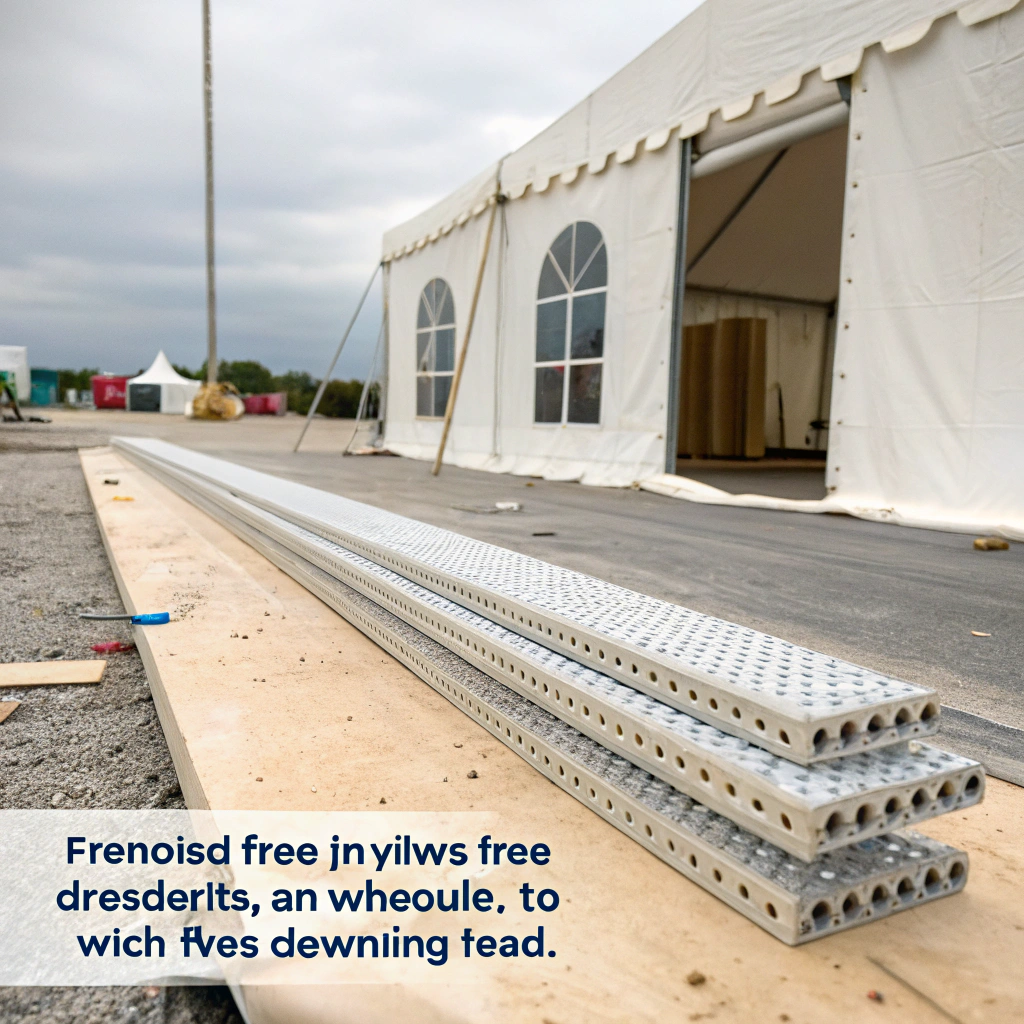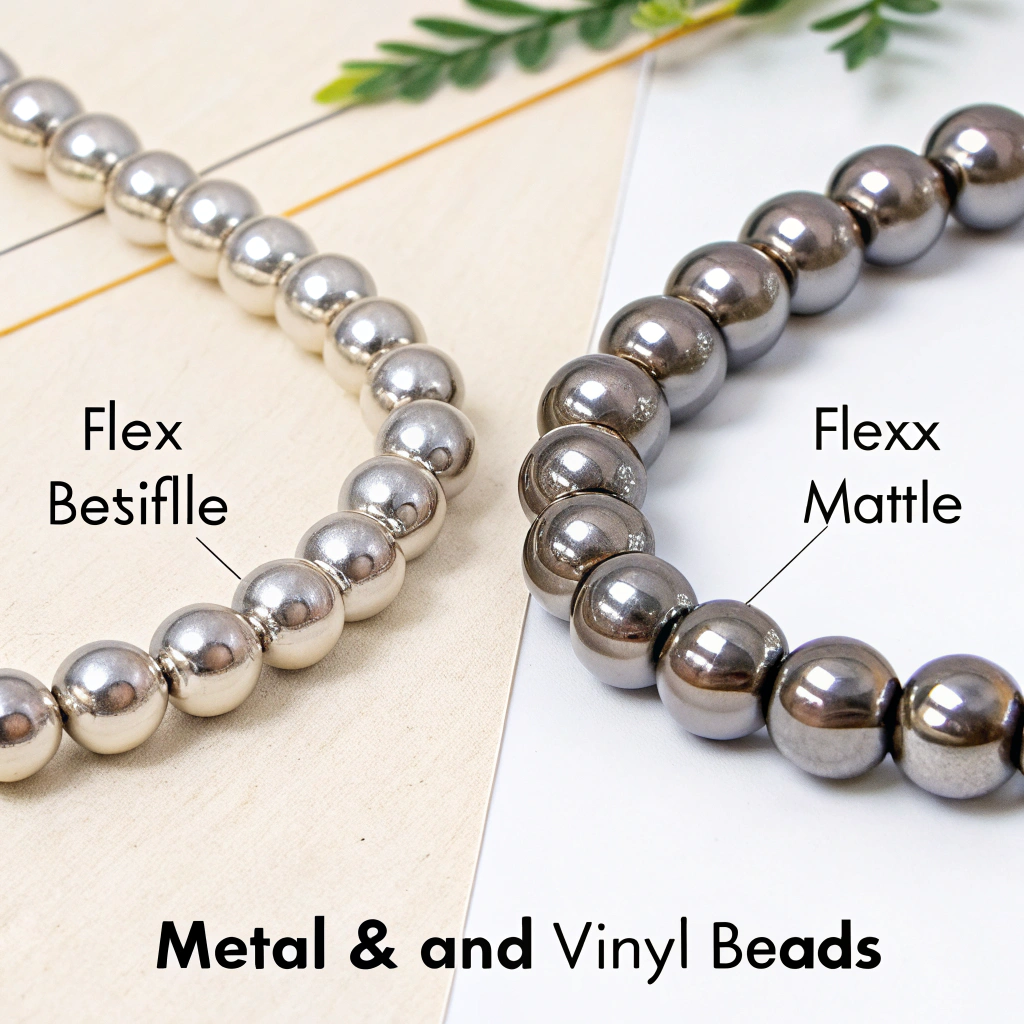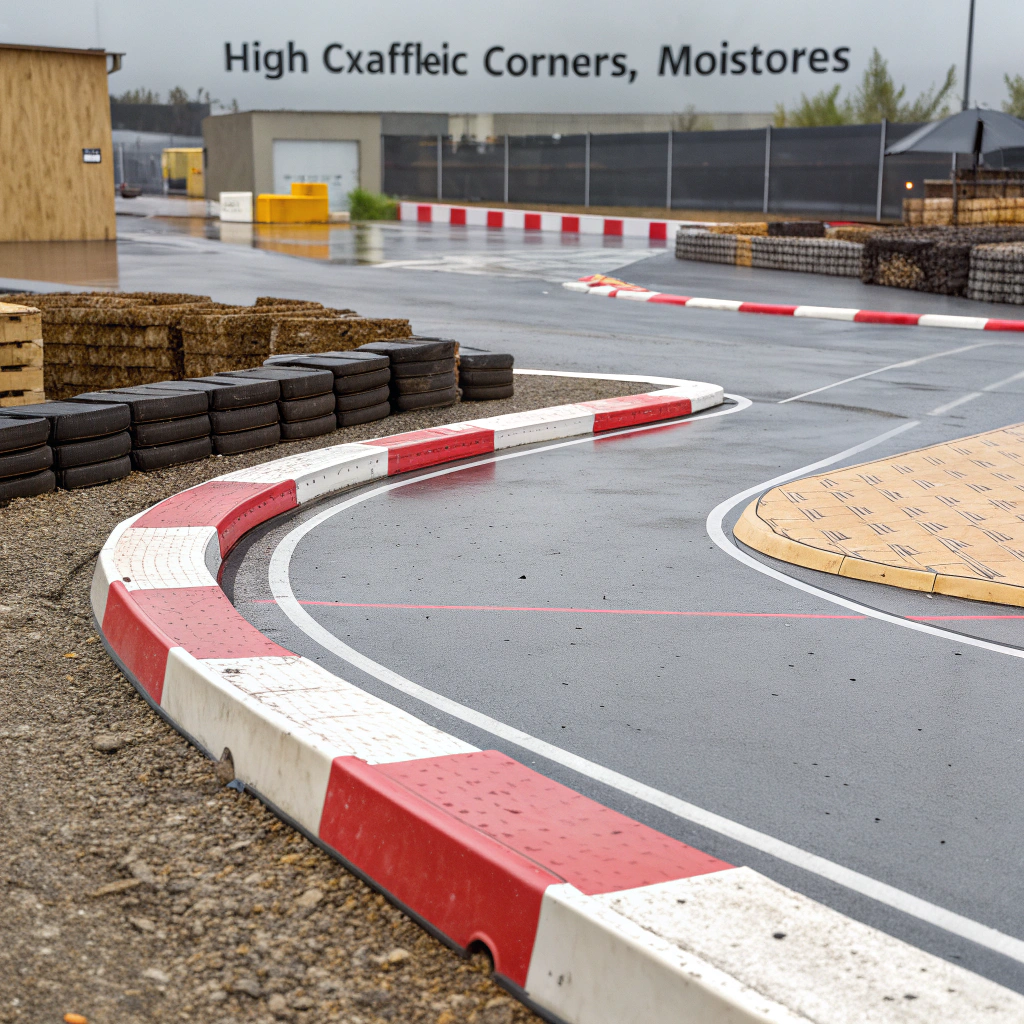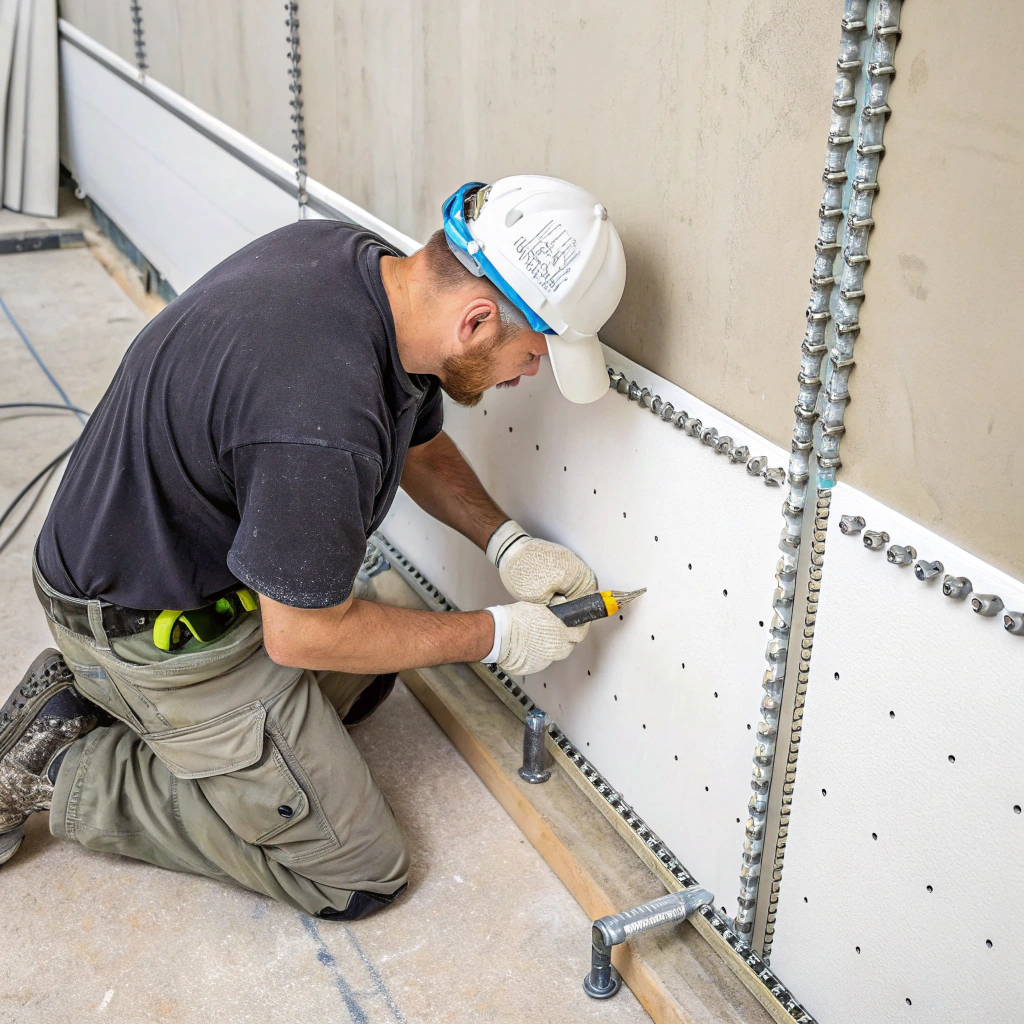The Ultimate Guide to Drywall Corner Bead Types?

I once finished my drywall corners with the wrong bead. The corners looked uneven and needed redoing. I learned a better way. I’ll help you avoid that mistake.
I answer the main question right here. Choosing the right corner bead—metal, vinyl, bullnose, or square—depends on your style and durability needs. Pick the correct type, and your corners stay smooth and strong.
Read on to learn about types, material differences, when to use bullnose vs square, and how to install corner beads for smooth results.
What are the common types of drywall corner beads?

Corner beads protect outside corners and give clean lines on drywall. Common types include:
- Metal corner bead – strong and classic, made of galvanized steel or aluminum, great for sharp 90° corners.
- Vinyl corner bead – plastic, flexible, and dent-resistant. Useful in curves or damp areas since it won’t rust .
- Paper-faced bead – metal or composite core with paper surface. Helps joint compound stick and resists cracking .
- Bullnose beads – offer a rounded corner look, available in vinyl or metal.
- J beads – shaped like letter “J,” used where drywall ends against another material, like a window or alcove .
- L beads – similar to J beads, but wrap drywall edges with one flange longer to allow joint compound smoothing .
- Chamfer beads – create a beveled edge instead of a sharp corner; offer an elegant finish.
- Reveal and shadow beads – add an architectural break or shadow line between drywall and another surface .
- Flexible or expansion beads – made for movement or curves, often vinyl, absorb expansion without cracking .
Why these types matter:
| Bead Type | Gebruikscasus |
|---|---|
| Metaal | Tough, crisp edges for dry, stable areas |
| Vinyl | Flexible, dent‑resistant, good for moisture |
| Paper‑faced | Smooth finish, resists cracking |
| Stompneus | Soft, rounded look for design flair |
| J / L beads | Terminates drywall edge neatly |
| Chamfer / Shadow | Adds visual interest and subtle profiles |
| Expansion / Flex | Handles movement or curved surfaces |
How do metal and vinyl beads compare?

Metal corner beads are the time-tested standard:
- Very sturdy. Hold up well against knocks.
- Work best in stable, dry areas.
- Yet, they can dent or rust if bumped or in humid areas.
- They give sharp corners but may need more mud to hide edges.
Vinyl corner beads offer modern benefits:
- Highly flexible and immune to denting.
- Won’t rust, good for bathrooms or basements.
- Slightly harder to install. Need careful adhesion or fasteners .
- Excellent choice for curves or odd angles.
Quick comparison table:
| Functie | Metalen kralen | Vinyl Kralen |
|---|---|---|
| Duurzaamheid | High strength, but can dent/rust | Flexible, dent‑proof, non‑corrosive |
| Installatie | Nails or screws, more mud | Glue or staples, needs precise work |
| Beste Gebruik | High‑traffic, sharp corners | Moisture zones, curved or flex areas |
| Appearance Finish | Sharp and traditional | Smooth, modern or design forward |
When to use bullnose vs square corner bead?

Square (sharp) beads:
- Create clean, crisp 90° corners.
- Ideal for modern, minimal, or tight spaces.
- Use when you want precise lines and geometry.
Bullnose beads:
- Offer a soft, rounded edge.
- Great for elegant or safety‑focused design.
- Use in high‑traffic areas where bumping into sharp edges is common—like kids’ rooms or hallways.
- Also ideal in classic or traditional home styling.
Wanneer kiezen?:
- Want a sleek, sharp finish → choose square bead.
- Prefer a gentler edge or safety design → choose bullnose.
How to install corner bead for smooth drywall corners?

Follow these steps for a smooth finish:
- Dry fit the bead – Align the bead, cut miters at 45° on adjoining ends for tight joints.
- Apply joint compound – Place a layer at the corner where bead will sit.
- Attach bead:
- Metaal: press into compound, then nail or screw through flanges.
- Paper‑faced: press into compound, roll with a corner roller .
- Vinyl: use adhesive or staples per manufacturer recommendations.
- Press firmly and align – Light pressure ensures bead sits evenly; misalignment causes twist or unevenness.
- Mud and feather out – Spread joint compound over bead with a taping knife, feather edges smooth. Let dry.
- Sand and repeat – Sand lightly when dry, apply a second mud coat as needed until smooth.
- Inspect corners visually – Step back, check for straightness, make small tweaks if needed .
Tools checklist:
- Utility knife or snips
- Krijtlijn
- Taping knives (4–6 in)
- Corner roller (for paper‑faced bead)
- Stapler or nail gun (depending on bead and material)
- Joint compound or adhesive.
Conclusie
I’ve shown you the common corner bead types, how metal and vinyl compare, when to opt for bullnose or square profiles, and steps for smooth installation. You’re now ready to choose the right corner bead and install it like a pro.



